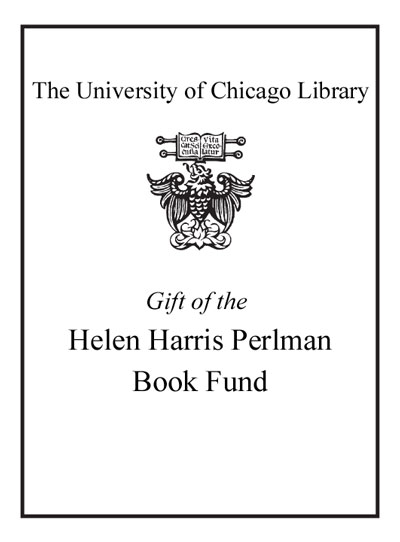Review by Choice Review
This timely, compelling account offers a significant expansion of the literature on the complex and mysterious psychological phenomenon of dissociation. Frewen and Lanius (both, Univ. of Western Ontario, Canada) propose a new model for understanding dissociation as a response to trauma. Spanning four domains (time-memory, thought, body, and emotion), the model examines how, for some, trauma alters consciousness. The subjective experience of consciousness is grounded in an exploration of the neuroanatomy behind the discrete symptoms of dissociation. This work coincides with the wealth of emerging research linking trauma, relationships, and neurobiology. The authors' simple organization allows them to manage the massive amount of research woven into this complex yet readable treatise. The addition of abundant case examples and treatment narratives increases the value of the book for clinicians and aids students curious to know more about why trauma causes dissociation and what it feels like to experience it in the mind and body. This book elegantly blends phenomenological research and neurobiology in its elucidation of a serious symptom and its associated suffering. The authors are to be commended for opening the door for future scholarship while increasing hope for healing. Summing Up: Highly recommended. Upper-division undergraduates through faculty and professionals. --Catherine Frederick, Jackson Memorial Hospital
Copyright American Library Association, used with permission.
Review by Choice Review

